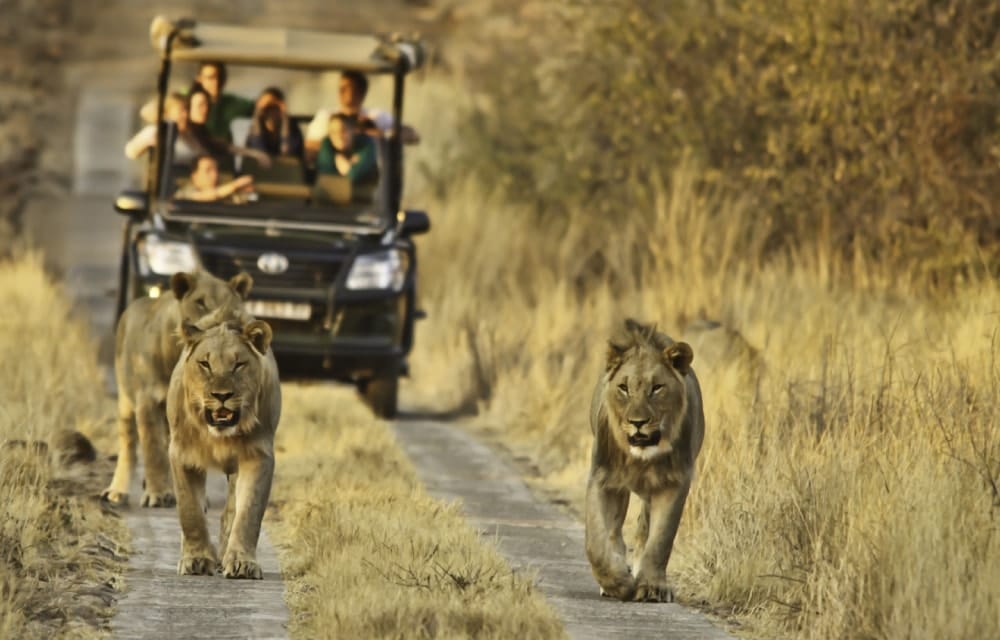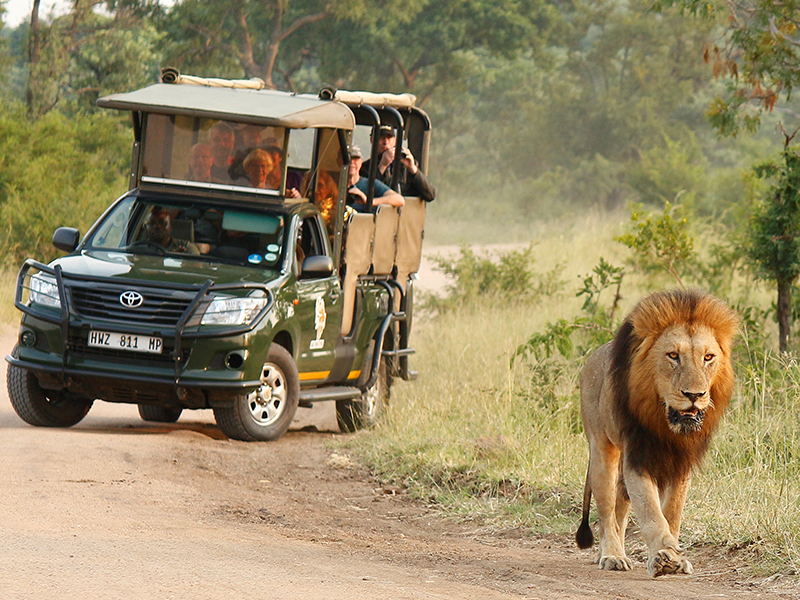Checking Out the Majestic Wild Animals and Scenic Landscapes of Kruger Park Safaris: An Unforgettable Journey Waits For
Kruger Park, a foundation of South Africa's all-natural heritage, supplies a detailed tapestry of wild animals and awesome landscapes, inviting expedition and interaction with its varied ecosystems. As site visitors venture into this expansive shelter, they come across not just the renowned Big Five but also a riches of other types that enhance the park's biodiversity.
Review of Kruger Park
One of South Africa's biggest and most renowned game reserves, Kruger National forest covers roughly 19,485 square kilometers in the northeastern area of the nation. Developed in 1898, it is a keystone of conservation efforts, showcasing diverse environments that include savannas, timberlands, and riverine woodlands. The park is home to an outstanding selection of wildlife, with over 500 bird varieties and many mammals, reptiles, and plants, making it a biodiversity hotspot.
Kruger National Park is split right into various regions, each offering distinct landscapes and environments, hence improving wild animals seeing opportunities. Visitors can explore the park through self-drive courses or directed safaris, permitting for an immersive experience in nature. The park's infrastructure consists of well-kept roads, rest camps, and picnic areas, making sure availability for all sorts of travelers.
Furthermore, Kruger National forest plays a crucial role in education and learning and research, adding to global preservation initiatives. The park's commitment to lasting tourism promotes accountable wild animals watching, cultivating a deeper admiration for South Africa's natural heritage. With its spectacular surroundings and rich biodiversity, Kruger National Park continues to be a leading destination for adventure applicants and nature lovers alike.
The Big 5 Experience
Kruger National forest is renowned for offering site visitors the chance to run into the legendary Large Five, which includes the lion, leopard, elephant, buffalo, and rhinoceros. This distinct possibility to observe these impressive pets in their natural environment attracts wildlife fanatics and adventure candidates from around the globe.
The adventure of finding the Big 5 is not just about the animals themselves but likewise the context of their environment. Each safari provides a brand-new journey, as guides share insights right into the habits, environments, and conservation efforts bordering these species. The elusive leopard, usually seen relaxing in the trees, showcases the charm of dexterity and stealth, while the imposing elephant herd highlights the importance of social frameworks within wild animals areas.

The Cape buffalo, recognized for their unforeseeable nature, includes an element of enjoyment to any type of safari. This immersive experience cultivates a much deeper recognition for wildlife and emphasizes the significance of preserving these unbelievable creatures for future generations.
Picturesque Landscapes and Ecosystems
Frequently commemorated for its spectacular elegance, the landscapes of Kruger National forest offer a varied tapestry of environments that enhance the safari experience. Spanning virtually 2 million hectares, the park is home to a plethora of environments, including savannahs, wetlands, rivers, and timberlands. Each ecosystem is uniquely interwoven, producing a dynamic environment that sustains a variety of flora and animals.
The savannahs, defined by substantial grasslands dotted with acacia and baobab trees, provide ideal grazing grounds for herbivores like zebras and wildebeests. On the other hand, the thick woodlands and thickets supply refuge for predators and smaller varieties, promoting a rich biodiversity. The park's waterholes and rivers are lifelines for wild animals, attracting a plethora of pets, specifically during the dry period.
This elaborate interaction of environments not only sustains the park's famous wildlife but additionally provides visitors with spectacular views, from rolling plains to dramatic rough outcrops. Whether passing through open savannahs or discovering thick bushveld, the scenic landscapes of Kruger National forest assure to leave an enduring mark on every safari fanatic's heart.
Ideal Times to Visit
Comprehending the ideal times to see Kruger National forest can dramatically improve the safari experience. Kruger park safaris. The park experiences 2 key seasons: the completely dry wintertime months from May to September and the damp summer season from October to April. Each period supplies unique advantages for wild animals viewing and landscape appreciation
During the completely dry period, pets gather together around water resources, making wild animals identifying much more foreseeable. The plants thins out, supplying more clear presence for sightings of the Big 5 and various other varieties. This period is particularly popular amongst visitors due to the beneficial conditions for video game drives and guided walks.
On the other hand, the wet season, identified by lush landscapes and dynamic flora, is suitable for birdwatching enthusiasts. Kruger park safaris. Migratory birds are bountiful, and the park comes to be a haven for different bird types. In addition, this period this website marks the birth of several young animals, providing a possibility to witness the remarkable dynamics of wildlife communications
Eventually, the finest time to see depends upon individual preferences, whether one looks for the convenience of wildlife sightings or the appeal of a growing ecosystem. Regardless of the season, Kruger National Park assures an unforgettable adventure for all who venture into its wild accept.
Safari Tips and Standards

Think about the moment of year when planning your safari. The dry period, from May to September, typically uses far better wildlife viewing opportunities. Gown in neutral colors to blend into the setting, and avoid intense or showy clothing that may shock animals.
Pack essentials such as field glasses, an electronic camera, sunscreen, and bug spray. Remaining hydrated is important-- carry enough water for your group. In addition, bear in mind the park's wildlife; observe from a range and never attempt to feed or provoke pets, as this can alter their natural actions.
Engage with skilled guides, who give important understandings and enhance your understanding of the environment. Ultimately, technique your safari with perseverance and an open click here for more info heart, permitting for spontaneous moments that will certainly create extraordinary memories in this wonderful landscape.
Conclusion
In final thought, Kruger Park supplies an unmatched opportunity to engage with varied wildlife and spectacular landscapes. With mindful preparation and adherence to guidelines, a journey in Kruger Park promises to be both enriching and memorable for all who embark on this trip.
Kruger Park, a cornerstone of South Africa's natural heritage, supplies a complex tapestry of wild animals and awesome landscapes, inviting expedition and involvement with its varied ecological communities.Kruger National Park is split right into various regions, each offering special landscapes and habitats, therefore boosting wild animals watching opportunities. The park's rivers and waterholes are lifelines for wildlife, bring in a plethora of animals, specifically throughout the important link dry season.
Additionally, be conscious of the park's wildlife; observe from a distance and never ever effort to feed or provoke animals, as this can alter their natural habits.
